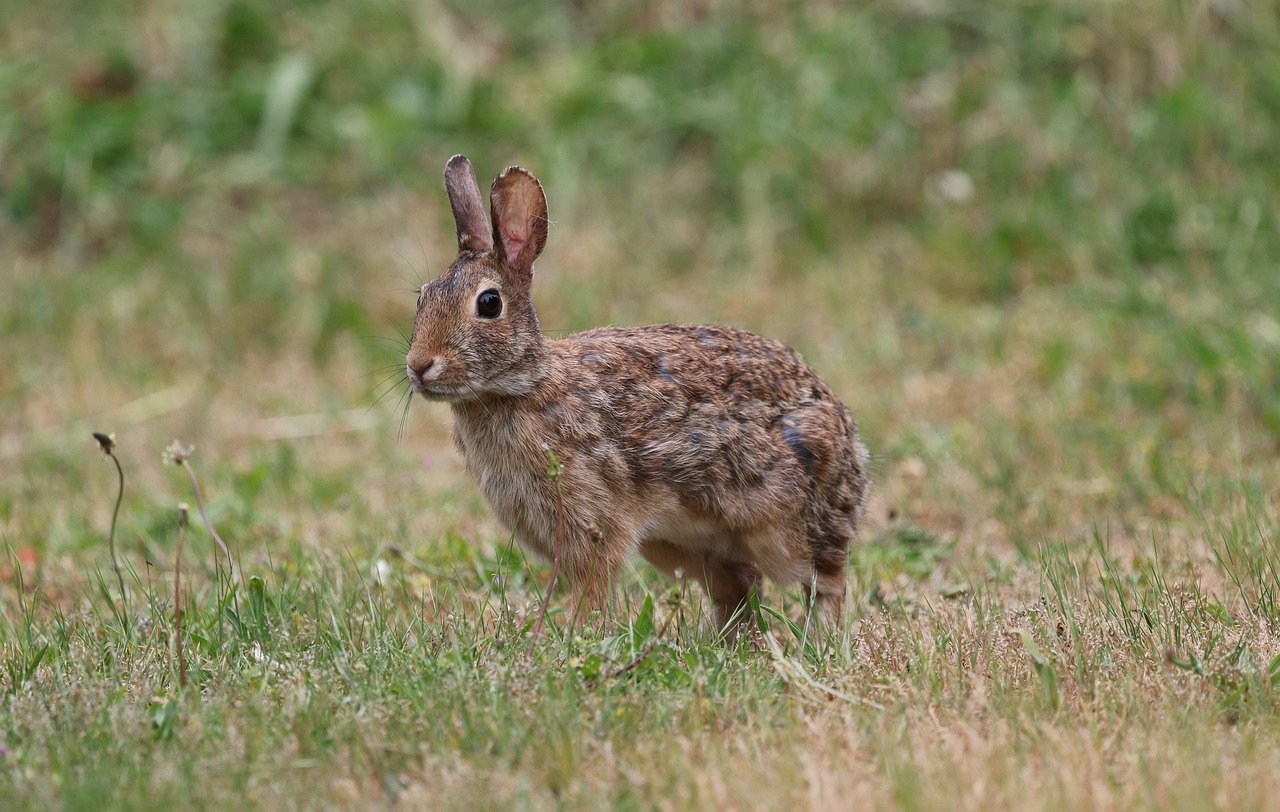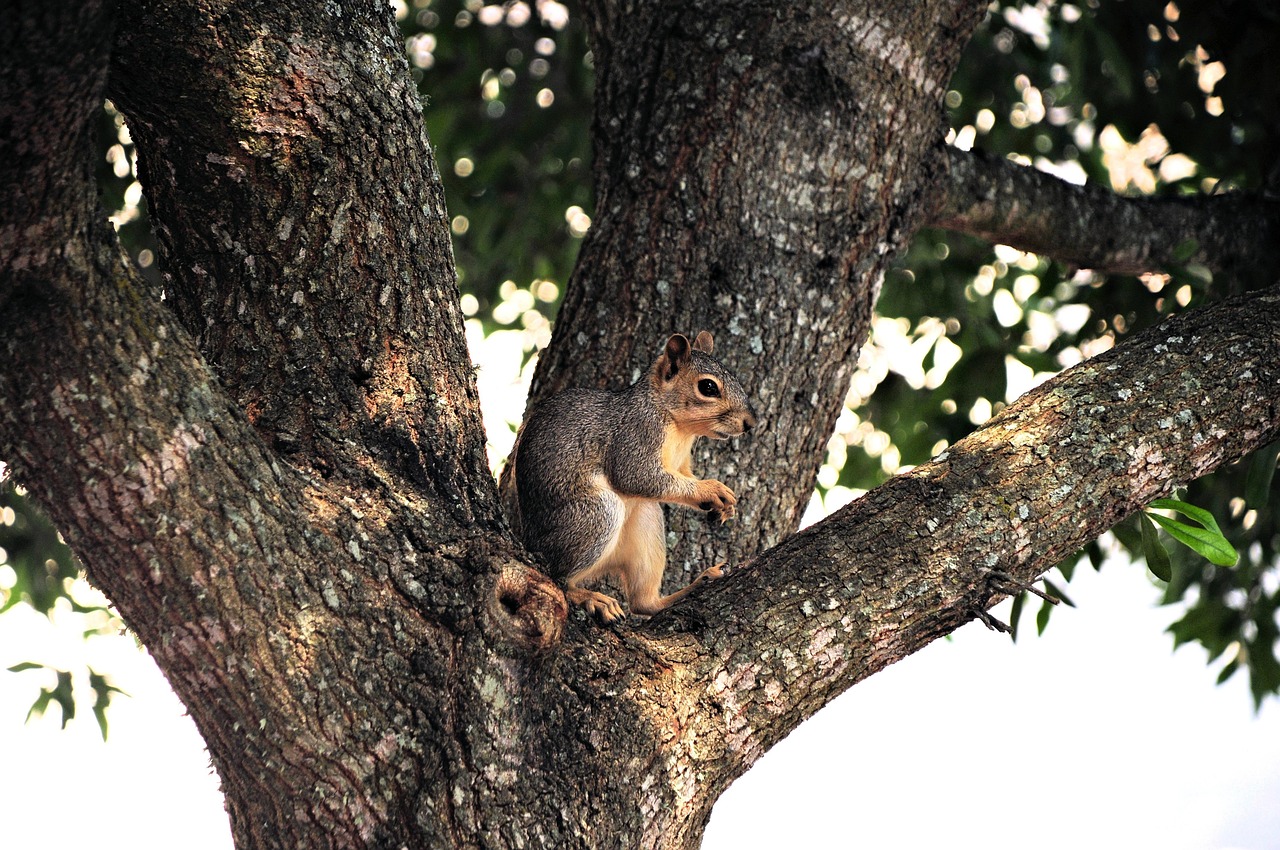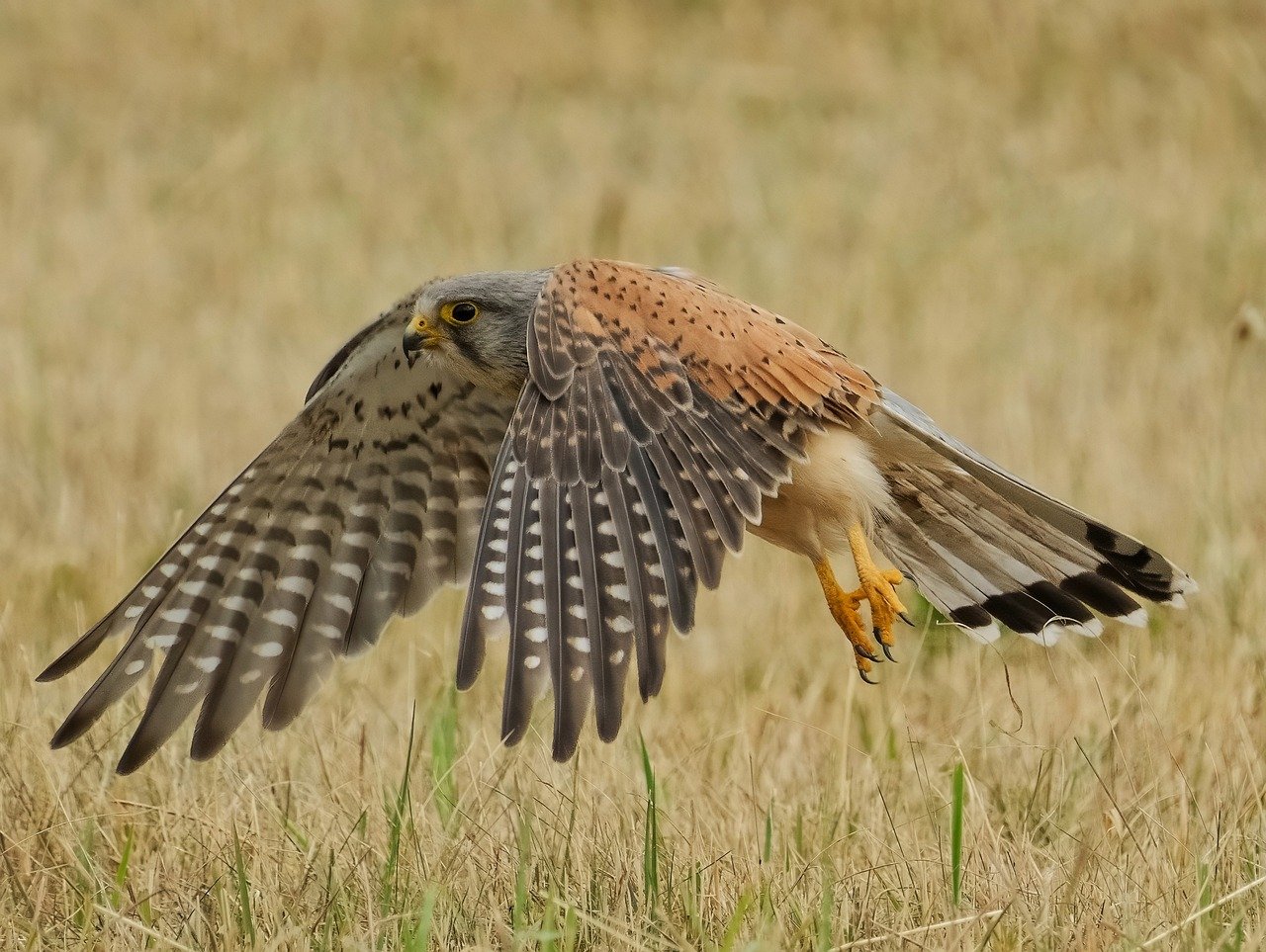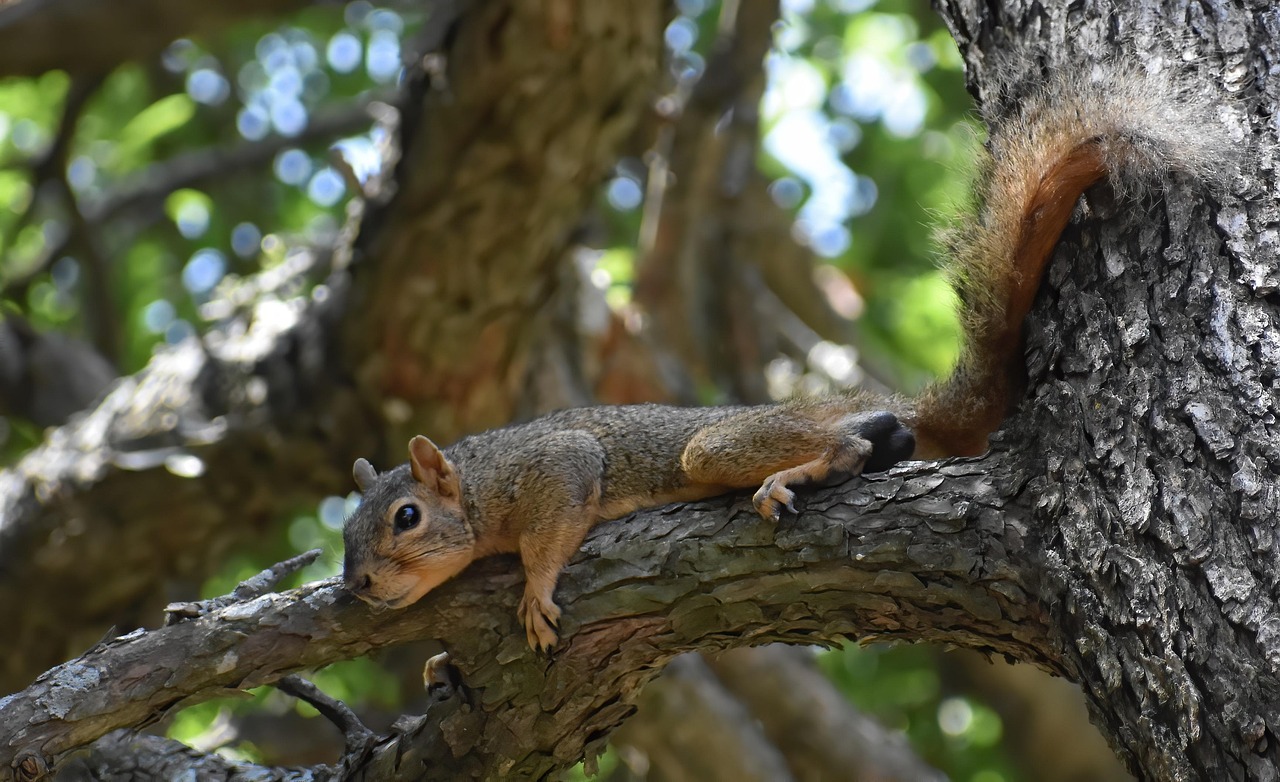Creating a vibrant backyard wildlife habitat can be a rewarding endeavor. It not only enhances the beauty of your outdoor space but also supports local ecosystems. By attracting bees, birds, and other wildlife, you contribute to biodiversity and help maintain a healthy environment.
In recent years, there has been a growing awareness of the importance of biodiversity. With urbanization and habitat loss, many species face challenges in finding suitable environments to thrive. Establishing wildlife-friendly spaces in our backyards can make a significant impact. It offers shelter, food, and nesting opportunities for various animals.
Bees play a crucial role in pollination, which is essential for the reproduction of many plants. Birds contribute to pest control and seed dispersal. Together, they create a balanced ecosystem that supports plant growth and animal life. To understand how to create these habitats, it is vital to explore the needs of these creatures and the elements required to attract them.
Understanding Wildlife Needs

Wildlife habitats must cater to the specific needs of the animals they aim to attract. Different species have varying requirements for food, water, shelter, and nesting sites. Here are some key components to consider when designing your wildlife habitat:
- Food Sources: Native plants provide seeds, nectar, and fruits that attract various species.
- Water Supply: A clean water source is essential for drinking and bathing.
- Shelter: Natural materials like shrubs, trees, and logs offer protection from predators.
- Nesting Sites: Birds and insects need safe places to build nests or lay eggs.
To further illustrate the importance of these components, consider the following table that outlines common backyard wildlife and their specific habitat requirements:
| Wildlife Type | Food Sources | Shelter/Nesting |
|---|---|---|
| Bees | Nectar and pollen from flowers | Undisturbed ground or hollow stems |
| Birds | Seeds, insects, and fruits | Trees, shrubs, or birdhouses |
| Butterflies | Nectar from flowering plants | Leaves for laying eggs |
Establishing these elements creates an inviting environment for wildlife. A well-planned habitat can support a variety of species and enhance your gardening experience. Moreover, understanding the seasonal habits of these creatures can lead to better planning and planting strategies.
Incorporating native plants is particularly beneficial. They are adapted to local conditions and require less maintenance than non-native species. Native plants also provide food sources that local wildlife have evolved to depend on. This synergy enhances the chances of attracting a diverse range of species.
As you begin developing your backyard habitat, consider integrating features that engage all senses. For example, adding fragrant flowers can attract pollinators while creating a sensory experience for you and your family. Additionally, including varieties of plants that bloom at different times ensures a continuous food source throughout the seasons.
In the following sections, we will delve deeper into specific strategies for creating habitats that attract bees and birds. We will explore plant selections, water features, and other ecological practices that enhance biodiversity in your backyard.
Choosing the Right Plants for Your Wildlife Habitat
Selecting the right plants is fundamental to creating a successful wildlife habitat. Native plants are often the best choice, as they are adapted to local soil and climate conditions. They require less water and maintenance while offering essential resources for local wildlife. Below are some considerations to keep in mind when choosing plants for your backyard habitat.
Types of Plants to Consider
When designing your garden, aim for a mix of plant types. This diversity will attract a wider range of species and create a more balanced ecosystem. Here are some categories to consider:
- Flowering Plants: These provide nectar and pollen for bees, butterflies, and other pollinators. Examples include coneflowers, black-eyed Susans, and milkweed.
- Fruiting Plants: Berry-producing shrubs like elderberries, serviceberries, and blueberries offer food for birds and small mammals.
- Grasses and Sedges: Native grasses provide nesting materials and cover for many species. Consider planting varieties like little bluestem or switchgrass.
- Trees and Shrubs: Trees such as oaks, maples, and pines provide shelter, nesting sites, and food sources. Shrubs like viburnum and dogwood can serve as protective cover.
Creating Layers in Your Habitat
Effective wildlife habitats often include multiple layers of vegetation. By incorporating different heights and types of plants, you create a more dynamic environment that meets the needs of various species. Consider the following layers:
- Canopy Layer: Tall trees form the uppermost layer, providing shade and shelter.
- Understory Layer: Smaller trees and large shrubs fill in beneath the canopy, offering cover and habitat for birds and insects.
- Ground Layer: Herbaceous plants, ferns, and grasses grow at ground level, providing food and shelter for smaller creatures.
This vertical diversity not only supports a variety of wildlife but also adds visual interest to your landscape. When planning your layout, consider the mature sizes of plants to ensure they have enough space to thrive without overcrowding.
Incorporating Water Features
A reliable water source is vital for attracting wildlife to your backyard. Birds, bees, and other animals need water for drinking, bathing, and breeding. Here are some ways to incorporate water features into your habitat:
- Bird Baths: Simple bird baths can be easily installed. Ensure they have shallow areas and are cleaned regularly to provide safe drinking water.
- Ponds: A small pond can attract frogs, dragonflies, and beneficial insects. Including aquatic plants will enhance biodiversity.
- Rain Gardens: These gardens are designed to capture rainwater runoff. They can support diverse plant life while providing a water source for wildlife.
Water features not only support wildlife but also create a tranquil atmosphere in your yard. The sound of flowing water can be soothing and enhance your outdoor experience.
Creating Nesting Opportunities
Nesting sites are crucial for birds and many insects. Providing appropriate nesting materials and locations will encourage wildlife to make your garden their home. Here are some suggestions:
- Nest Boxes: Install birdhouses suitable for local bird species. Ensure they are placed at appropriate heights and locations.
- Nesting Materials: Leave natural debris like twigs, leaves, and grasses available for birds to use in their nests.
- Insect Hotels: Build or purchase insect hotels that provide shelter for beneficial insects like bees and ladybugs.
By creating a safe environment for nesting, you increase the likelihood of attracting various bird species while also supporting beneficial insects that contribute to pollination.

The combination of diverse plant life, water sources, and nesting opportunities creates an inviting atmosphere for wildlife. As you continue building your backyard habitat, remember that patience is key. It may take time for creatures to discover their new home. However, with thoughtful planning and care, your efforts will lead to a thriving ecosystem right outside your door.
Enhancing Your Wildlife Habitat with Sustainable Practices
Creating a wildlife habitat is not just about planting the right plants and adding water features. Incorporating sustainable practices can enhance the health and resilience of your ecosystem. These practices not only support wildlife but also benefit your garden by improving soil health and reducing water usage.
Organic Gardening Techniques
Using organic gardening techniques minimizes the impact on the environment and promotes biodiversity. Here are some key organic practices to consider:
- Composting: Compost enriches the soil with nutrients. It improves soil structure and promotes beneficial microbial activity, which supports plant health and attracts wildlife.
- Natural Pest Control: Instead of chemical pesticides, utilize natural methods such as introducing beneficial insects like ladybugs or using companion planting to deter pests.
- Mulching: Organic mulches, such as wood chips or straw, help retain soil moisture, suppress weeds, and improve soil quality as they decompose.
- Crop Rotation: Practicing crop rotation can help maintain soil fertility and reduce pest and disease buildup.
By adopting these organic practices, you create a healthier environment for both plants and wildlife. The absence of harmful chemicals ensures that pollinators like bees can thrive in your garden.
Encouraging Native Insects
Nurturing native insect populations is essential for maintaining a balanced ecosystem. Many native insects are vital pollinators and contribute significantly to plant reproduction. Here are ways to encourage these beneficial insects:
- Diverse Planting: A variety of flowering plants that bloom at different times will attract different pollinators throughout the growing season.
- Providing Shelter: Leaving some areas of your garden undisturbed allows native insects to find shelter and breeding grounds.
- Creating Bare Ground: Some ground-nesting bees require bare soil for nesting. Avoid covering all soil with mulch or plants to provide these spaces.
By fostering an environment that supports native insects, you enhance pollination, which is crucial for fruit and vegetable production in your garden.
Implementing Eco-Friendly Water Management

Water management is a critical aspect of any wildlife habitat. Implementing eco-friendly water practices can conserve resources while providing for wildlife needs. Here are some strategies to consider:
Rainwater Harvesting
Collecting rainwater is an effective way to reduce reliance on municipal water supplies. Here are some methods for harvesting rainwater:
- Rain Barrels: Install rain barrels under downspouts to collect runoff from roofs. This water can be used for watering plants and filling bird baths.
- Rain Gardens: Design a rain garden that captures runoff from impervious surfaces. This not only helps manage water but also creates a diverse plant habitat.
Efficient Irrigation Techniques
When watering your garden, consider using efficient irrigation techniques that minimize waste:
- Drip Irrigation: This method delivers water directly to the plant roots, reducing evaporation and runoff.
- Soaker Hoses: These hoses allow water to seep slowly into the soil, providing moisture where it is needed most.
Using these methods will ensure that your plants receive adequate hydration while conserving water resources.
Creating Educational Opportunities
Your backyard wildlife habitat can serve as an educational platform for family and friends. Engaging others in learning about local ecosystems can foster appreciation for nature. Here are some ideas for creating educational experiences:
- Guided Tours: Host tours of your habitat, explaining the different plants and wildlife present, and their roles in the ecosystem.
- Workshops: Organize workshops on topics such as native plant gardening, composting, or creating insect hotels.
- Wildlife Observation: Set up observation stations with binoculars or guides for identifying local bird species or pollinators.
By sharing your knowledge and experiences, you can inspire others to create their own wildlife-friendly spaces, expanding the impact of your efforts on a larger scale.
The integration of sustainable practices in your backyard habitat will not only enhance biodiversity but also promote environmental stewardship. As you continue to develop this space, remember that every small effort contributes to a healthier ecosystem.
Maintaining Your Wildlife Habitat
Creating a backyard wildlife habitat is an ongoing journey. Once established, it requires regular maintenance to ensure it continues to thrive. Here are some essential maintenance tips to keep your habitat vibrant and welcoming for wildlife:
- Regular Plant Care: Monitor the health of your plants. Prune dead or diseased branches, and replace any plants that do not thrive. Ensure that the garden remains diverse by adding new plant species over time.
- Water Management: Check water features regularly to ensure they remain clean and free of algae. Maintain rain barrels and ensure they are securely covered to prevent mosquito breeding.
- Nesting Site Inspection: Periodically inspect birdhouses and insect hotels for damage. Clean out old nesting materials after the breeding season to prepare for new occupants.
- Weed Control: While some weeds can be beneficial, invasive species can disrupt the ecosystem. Remove invasive plants promptly to protect native flora.
By committing to consistent maintenance, you ensure that your habitat remains a safe haven for local wildlife. Regular attention will also provide you with opportunities to observe the changes in species that visit your garden throughout the seasons.
The Role of Community in Biodiversity
While individual efforts are vital, collaborating with neighbors and local community members can significantly amplify the impact of your wildlife habitat. Engaging with your community can lead to larger conservation efforts. Here are ways to foster community involvement:
- Neighborhood Projects: Initiate community gardening projects that focus on planting native species and creating wildlife habitats in shared spaces.
- Awareness Campaigns: Organize campaigns to educate others about the importance of biodiversity and how they can contribute through their own gardens.
- Community Workshops: Host workshops where community members can learn about wildlife-friendly gardening practices, composting, and sustainable landscaping.
When communities come together to support biodiversity, they create a collective impact that benefits not just the local environment but also enhances community spirit and awareness of ecological issues.

Final Thoughts
Creating a backyard wildlife habitat is a powerful way to contribute to biodiversity and environmental health. By selecting native plants, providing water sources, and ensuring safe nesting sites, you are fostering an inviting environment for a variety of species. Implementing sustainable practices, such as organic gardening techniques and water management, reinforces this commitment to ecological stewardship.
Your efforts not only enhance the beauty of your outdoor space but also play a crucial role in preserving local ecosystems that face numerous challenges today. As you engage with your community and share your knowledge, you inspire others to join in these efforts, expanding the reach of biodiversity conservation.
Remember that every small action counts. Whether you are planting a single flower or creating an entire habitat, you are making a difference. The joy of watching wildlife flourish in your garden is a rewarding experience that deepens our connection with nature and highlights the importance of caring for our environment.
As you embark on this journey, stay curious and open to learning. The world of backyard wildlife is full of surprises, and each season brings new opportunities for discovery. Together, we can nurture thriving ecosystems that benefit both wildlife and humanity.
